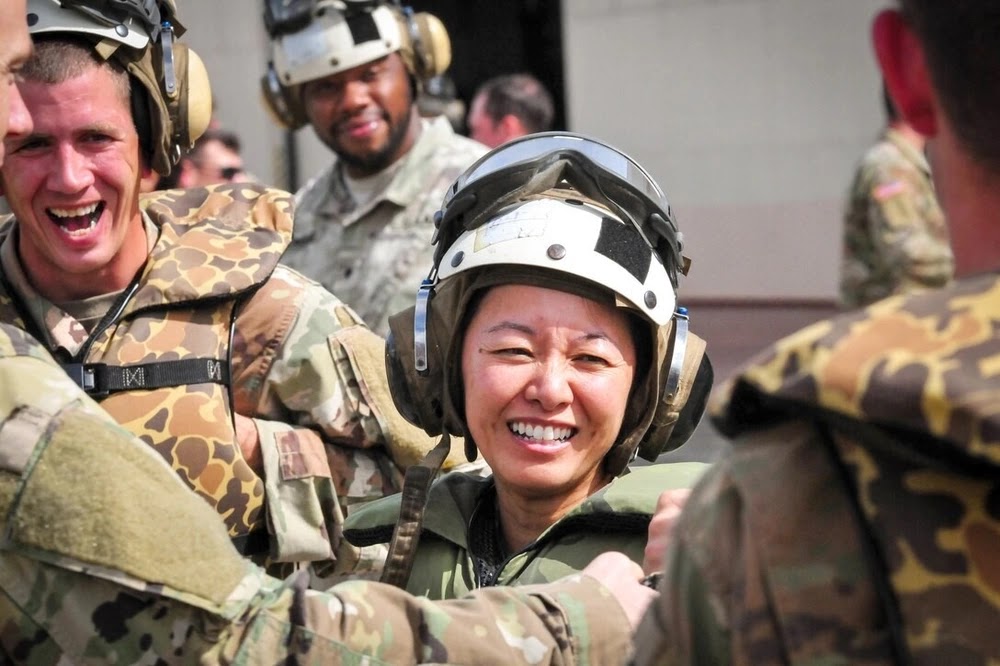MOSCOW, RUSSIA – Russian authorities have reported a series of extensive unmanned aerial vehicle (UAV) attacks targeting a range of infrastructure across the country, including oil rigs, military bases, and railway stations. According to official statements released earlier today, dozens of drones were involved in the coordinated strikes, resulting in multiple fires and raising concerns about escalating tensions in the region.
While the precise number of UAVs involved is still being assessed, initial reports suggest a significant and coordinated effort targeting various strategic locations within Russian territory. The attacks reportedly occurred overnight and continued into the early hours of the day, catching many by surprise.
The diversity of the targets has raised questions about the intent and origin of the attacks. Oil rigs, vital for Russia's energy sector, were reportedly struck in offshore areas. Military bases, crucial for national defense, also sustained damage, although the extent of the damage is yet to be fully clarified by Russian officials. The targeting of railway stations, key nodes in the country's transportation network, has the potential to disrupt logistics and civilian travel.
Eyewitness accounts and preliminary reports indicate that the UAV strikes resulted in multiple fires breaking out at the targeted locations. Emergency services were reportedly dispatched to contain the blazes and assess the damage. Russian authorities have stated that investigations into the incidents are underway, aiming to determine the precise nature of the drones used, their launch points, and the individuals or entities responsible for orchestrating the attacks.
Significantly, there has been no immediate official comment or claim of responsibility from the Ukrainian side regarding these incidents. This silence mirrors the cautious approach Kyiv has often taken concerning reported attacks within Russian territory since the ongoing conflict intensified. However, analysts are closely scrutinizing the timing and nature of these strikes in the context of the broader geopolitical landscape.
The use of UAVs to strike deep within enemy territory has become a prominent feature of modern conflicts. Their relatively low cost, coupled with their ability to evade traditional air defenses, makes them a challenging adversary. The sophistication and coordination reportedly demonstrated in these latest attacks suggest a level of planning and technological capability that is drawing considerable attention.
While the immediate impact of the attacks is focused on the physical damage and potential disruption to Russian infrastructure, the broader implications are far-reaching. These incidents are likely to further inflame tensions between Russia and Ukraine, potentially leading to retaliatory measures. International observers are keenly watching for any escalation in the conflict following these developments.
The lack of official comment from Ukraine does not necessarily confirm or deny their involvement, but the pattern of such incidents has often been linked to Ukraine's efforts to counter Russian aggression. Regardless of the perpetrator, the scale and scope of these UAV attacks represent a significant development in the ongoing conflict and underscore the evolving nature of warfare in the 21st century.
As investigations continue and more details emerge, the international community remains on high alert, concerned about the potential for further escalation and the broader implications for regional and global stability. The events serve as a stark reminder of the volatile security situation and the ongoing challenges in achieving a peaceful resolution to the conflict.








